When marketers talk about conversions, they usually focus on the number of sales. Every business, whether it’s B2B, SaaS, or eCommerce, aims to generate more sales, and the key to success is converting more visitors into customers.
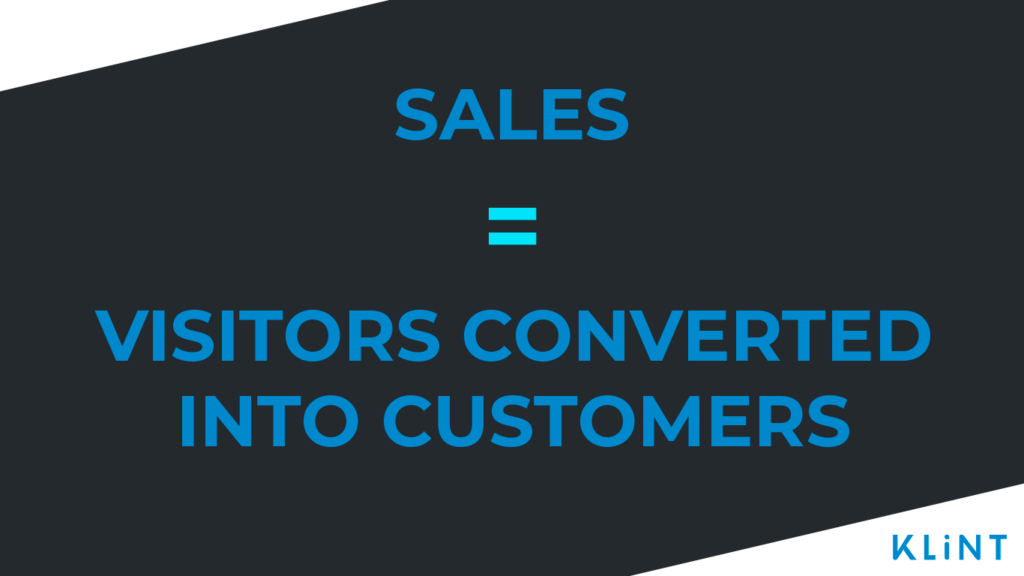
Making visitors purchase your products or services is the primary goal for businesses, but there are many smaller steps needed to get there first. Marketers call them micro conversions.
Micro conversions are easier to achieve, and their only purpose is to lead your visitors to the main goal, which is a macro conversion. In this article, we will consider micro conversions in detail and think of how your business can benefit from them.

Table of Contents
What Are Micro Conversions?
Simply put, micro conversions are steps on the way to a more important goal, which is macro conversion. Micro conversions are actions or whole sets of actions that demonstrate that your user is getting closer to making a purchase.
For instance, for eCommerce companies, micro conversions can be:
- New user registrations
- Products added to a cart
- Newsletter signup
- Visiting specific pages (e.g. product pages, features pages, etc.)
Types of micro conversions
There are two major types of micro conversions:
- Process milestones micro conversions
- Secondary actions micro conversions

Process milestones micro conversions
These conversions take place during the customer journey and represent the customers’ movement toward macro conversion or purchase.
Examples:
- Capturing emails for coupons and promotions
- Adding a new item to the cart
- Watching explainer/product videos
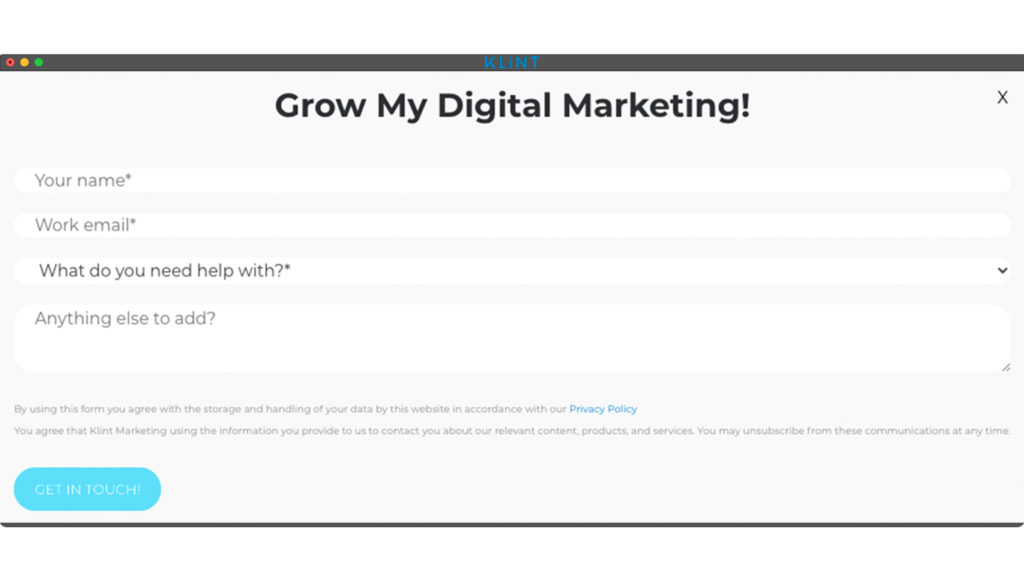
Monitor your process milestones to improve your customer’s journey. Most customers will not complete every milestone you set out for them. Identify your most important milestones and optimize them.
Secondary action micro conversions
Other small conversions that might not lead people to make a purchase but still indicate the possibility of conversions in the future.
Examples:
- Blog subscriptions
- Engaging with a brand on social media
- Downloading e-books
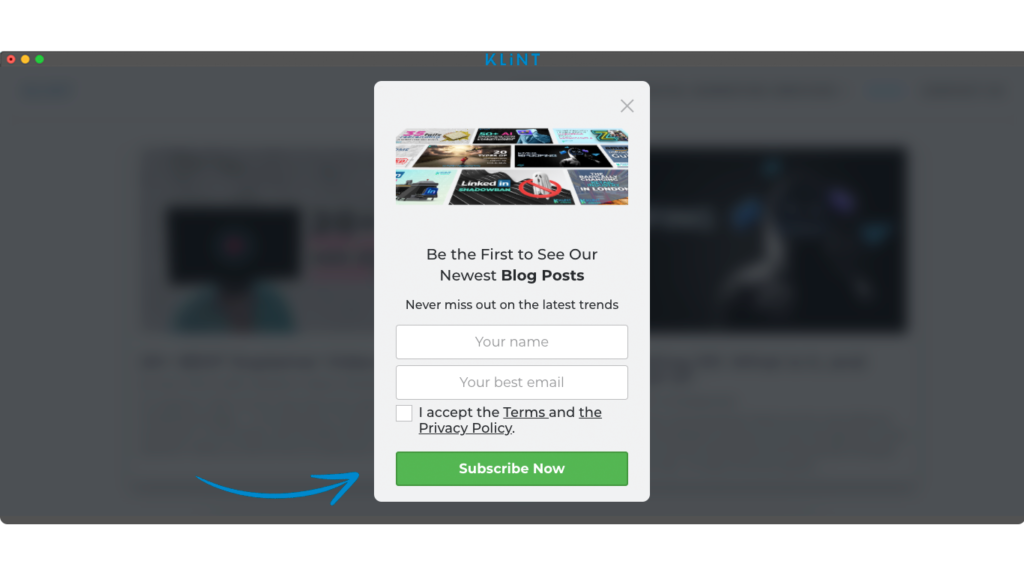
Although secondary actions may potentially lead users to make a purchase or other macro conversion, they are certainly unnecessary. However, such an action still demonstrates that people are interested in what you say, and the information that you provide might make them appreciate the value of your products or services.
Macro vs. Micro Conversions
Macro conversion is your main conversion goal. These are conversions that are most closely linked to revenue. These conversions are the main drivers for your business, while micro conversions support your business by leading your prospects to macro conversion.
For example, if you generate leads for sales, a macro-conversion is a completed lead form, while for eCommerce companies it would be a completed order.

From Micro Conversions to Macro Conversions
Let’s imagine a person looking for products online. First, they may google the necessary product and visit a sponsored PPC link. This is the first micro-conversion since our potential customer is no longer just a searcher but a visitor.
Once on the website, the visitor may find a section with testimonials and decide to check them out. This is another micro-conversion.
After reading the reviews, the visitor may realize that this company’s product is good so they decide to learn more.
The visitor might go to the contact page and fill out a contact form. These are two separate goals on the website so the company has just made two more micro conversions.
Finally, the service calls the visitor, answers all of their questions, and helps choose the right product or service package. At this point, the prospect goes through both a micro-conversion and the ultimate end goal of the whole customer journey, which is a macro conversion.
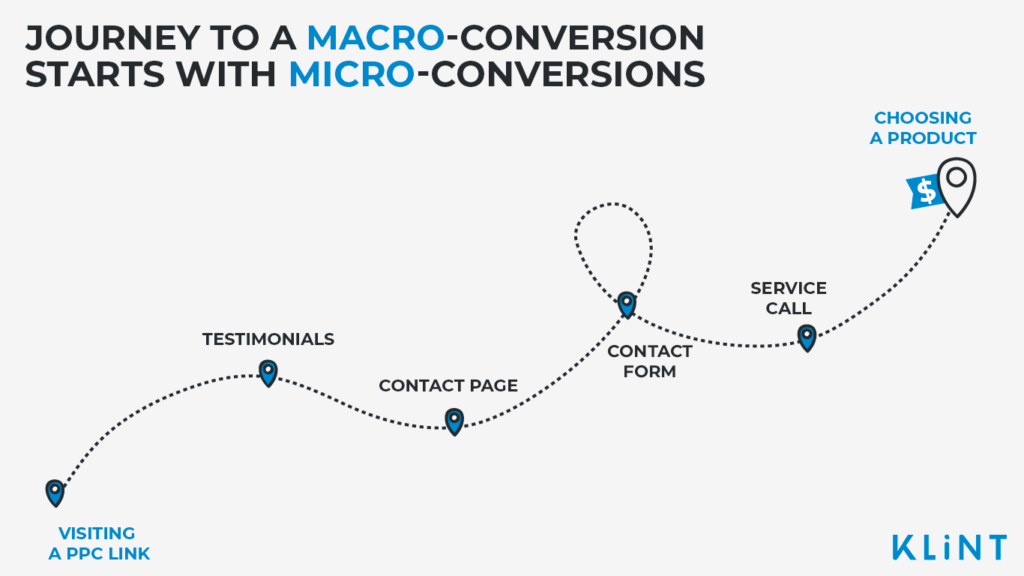
Why you should track Micro Conversions
Given that not many people are ready to make a purchase when visiting your website for the first time, nurturing is a very important aspect of a business.
You can create micro conversions and use them to design a whole nurturing process. Even if you cannot sell your product or service immediately, you can still keep track of the most promising website visitors and develop relationships with them.
Even people who don’t fully convert into customers after going through numerous micro conversions can still be valuable for your business because you can learn from their behavior and determine the reasons why they don’t convert.
Determine why certain customers do not convert on the micro-conversion you set out for them.
As a result, you can use the insights from their actions to optimize your website and to improve your overall marketing strategy.
Best Micro Conversions to track
You can easily determine which micro conversions to track by having a look at your main conversion funnel. Every step that brings a user closer to a purchase, is an action you should track.
Email opt-ins
Email opt-ins have the potential to eventually lead users to make a purchase. When you connect with your target audience this way, you have an opportunity to establish trust and develop strong relationships with your potential customers.
- First, you can establish an authoritative reputation in your industry.
- Secondly, you can provide your subscribers with value-added services.
If you prove that you can be a valuable source of information, your visitors will be more likely to become customers.
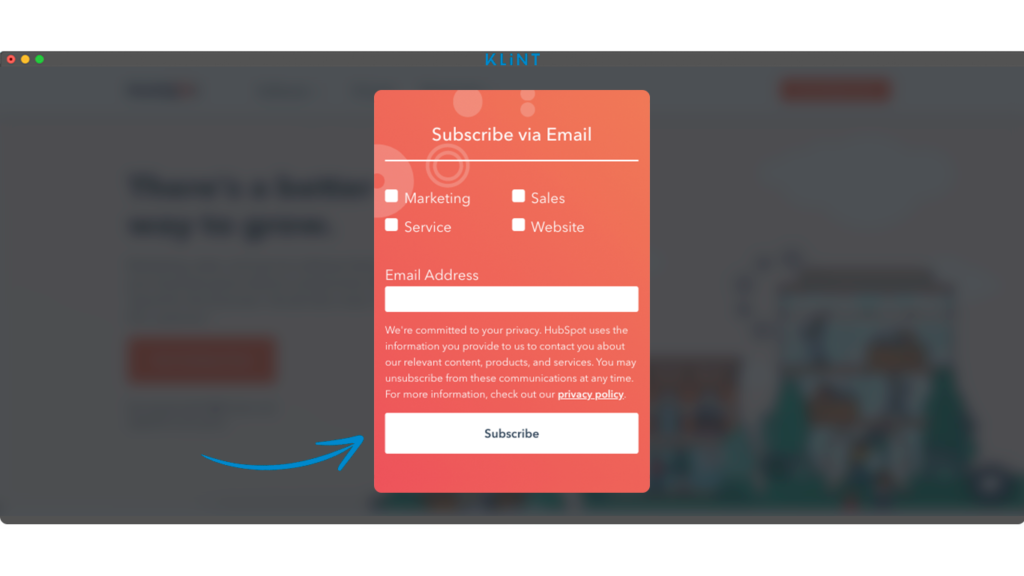
Form submissions
While some form submissions (e.g. scheduling onboarding calls) are classified as macro conversions, others can also be considered micro conversions.
No matter whether you ask your users to provide an email address or to complete a full profile, we recommend that you only ask for information that you actually need and keep things simple.
Don’t force your website visitors to fill out too many forms, and keep the existing forms short. Removing a few form fields enables you to increase conversions by 11%.
Social shares
Social shares can be an especially important source of micro conversions. Even if some of the people who share your products on social media are not going to buy them, their followers and friends may be interested.
That’s because consumers want a product to be validated by 3rd parties and not the company that is selling it – a concept known as social proof. As social shares generally drive up likes, comments, and engagement they are effective in increasing overall conversion rates.
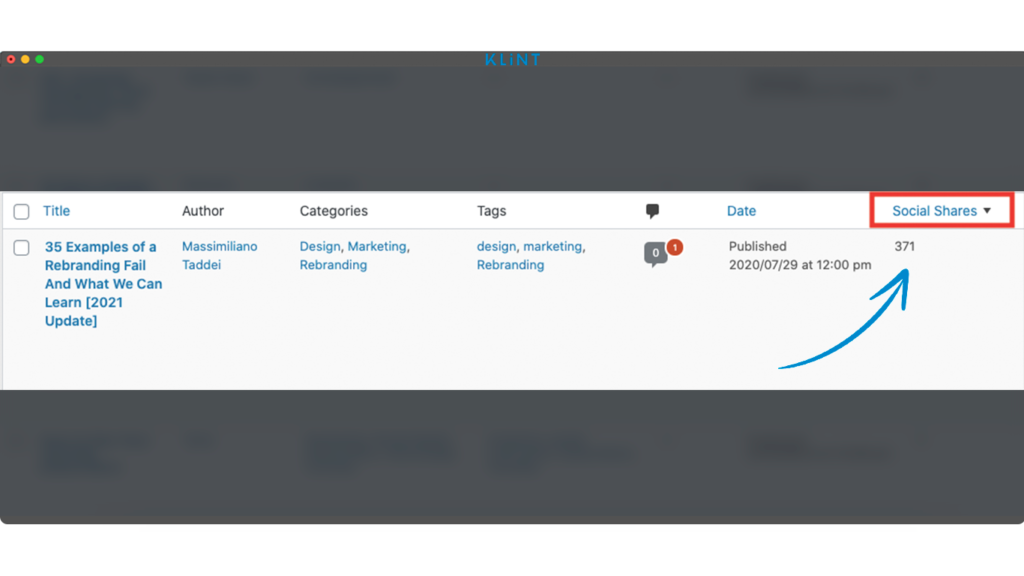
Adding products to the cart
In theory, if your visitors add items to a cart, it’s great because they’re getting closer to making a purchase. However, on average 77% of users abandon their shopping carts without completing the purchase.
For mobile this number is even higher:
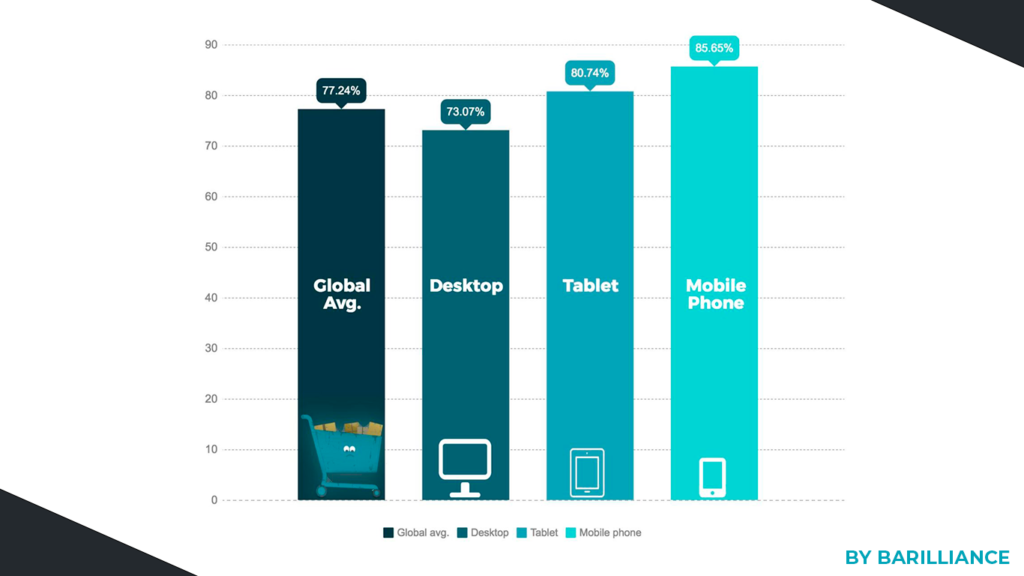
Adding products to the cart (without completing the purchase) is still an important micro conversion. You just need to use it to your advantage.
Users that abandon their carts are more likely to buy from you than anyone else because they’ve come this far. They might get distracted or close their browser tab, but you can win them back if you reach out.
In case they have previously submitted their email, you can use this micro-conversion as a trigger for a drip campaign.
Here are a few quick tips to minimize the abandonment rate of your cart:
- Optimize for mobile usage
- Minimize the number of steps/pages your visitors need to go through
- Optimize your page speed
- Include a process indicator or a “quick checkout” button
- Be clear about the total price (including fees, taxes, shipping, etc.)
Viewing the product page
People who view the product page on your site complete an important micro-conversion. If you attract people to your product page, you’ll be able to drive more micro conversions, which will lead to macro conversion and increase the chances of turning a random visitor into a customer.
To get more product page visits, try to add links to products to your landing page, blog posts, social media content, etc.
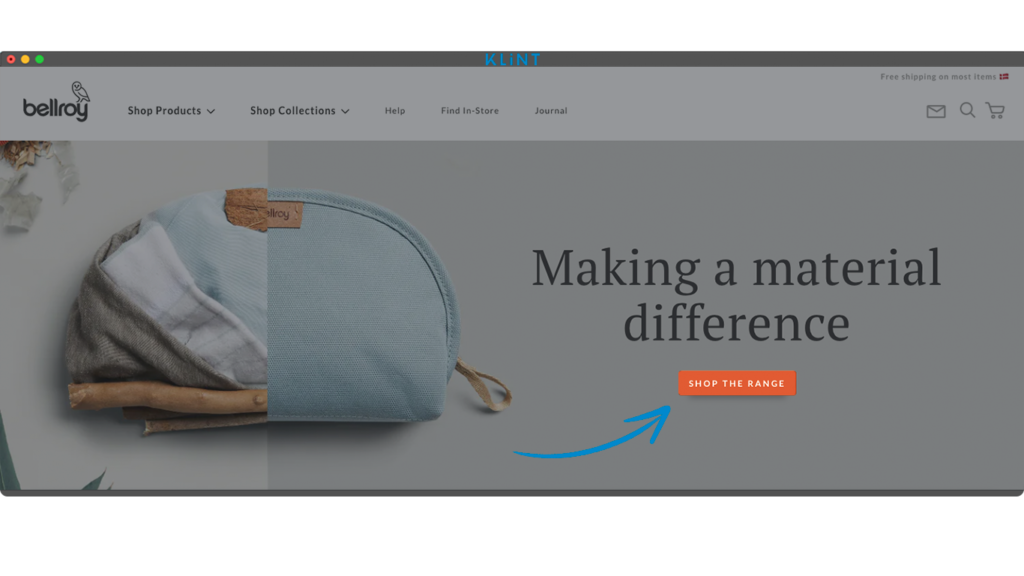
Content marketing can be an especially effective tool to drive product page views because you can create high-quality content and publish it on third-party sources, redirecting readers to your products.
If you’re not sure that you can produce good content, make sure to reach out to Klint Marketing. We’re here to help.
Visiting the pricing page
Especially for SaaS and B2B companies, it is important to track who is visiting your pricing page.
For many, that might be the last step before signing up for your service. While others might start to doubt your offering and move on to a competitor if the pricing does not match their expectations.
The pricing of a service is often the main friction point in a customer’s journey. A well-optimized pricing page might prompt users to sign up for your service even if the pricing isn’t within their budget.
Do the following to optimize your pricing page:
- Offer a free trial
- Go for a simple design
- Make it easy to compare different plans
- Highlight the main benefits of your service
- Create plans with your ideal customer in mind
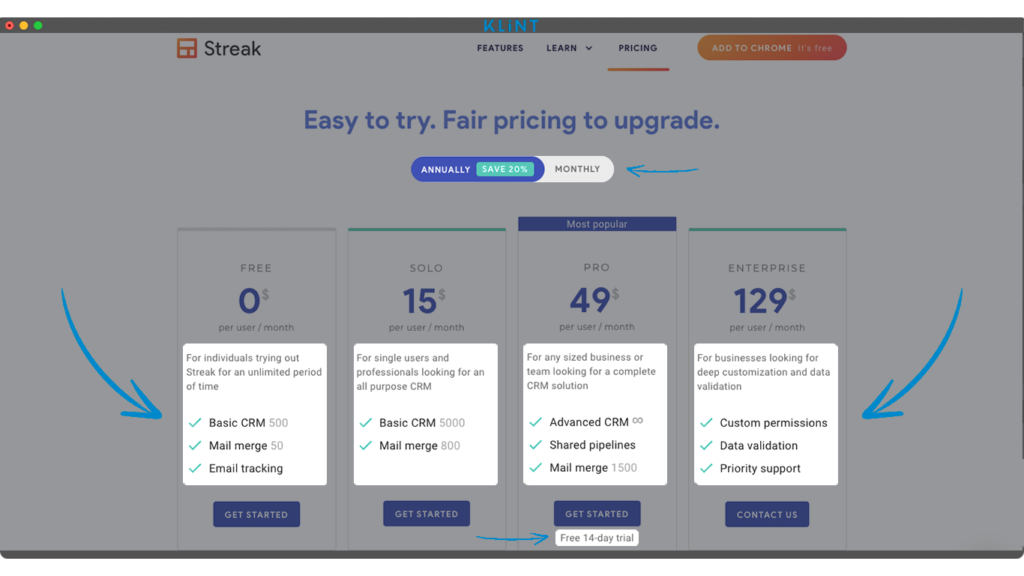
Number of pages visited, time-on-site, scroll depth
The number of pages visited per session, the time-on-site, as well as the scroll depth, are great indicators for whether someone is interested in your product or not. On average, an internet user visits three pages per session. Increasing this number will improve your SEO results and keep your customers engaged.
People who visit multiple pages may not make a purchase quickly, but they are more likely to convert into customers than those who quickly close your website, without learning any details about your products.
If you’re not sure that you can produce good content, you can always find experienced freelance writers on writing services review websites like Online Writers Rating and Best Writers Online.
How To Track Your Micro Conversions
You can track your micro conversions in Google Analytics. Create an event for every micro-conversion or trigger responses when using Google Tag Manager.

After adding your micro conversions to Google Analytics, you’ll be able to compare conversions to various metrics, such as page views, traffic sources, or landing page visits.
Therefore, you’ll see correlations in data so you’ll be able to understand what metrics impact your customers’ journey.
Learn how to set-up Google Tag Manager: Link to tutorial
How to use data from micro conversions
Once you start tracking your micro conversions, use the data to resolve issues within the customer journey.
Google Analytics generates reports for the events you’ve previously created which makes it easy to identify roadblocks within your micro conversions.
Follow the steps below to increase your conversion rate.
Identify the problematic pages
You need to determine what pages demonstrate the highest drop-off rates so that you can analyze and optimize them. To do it, you can use various analytics tools, including Google Analytics or Hotjar.
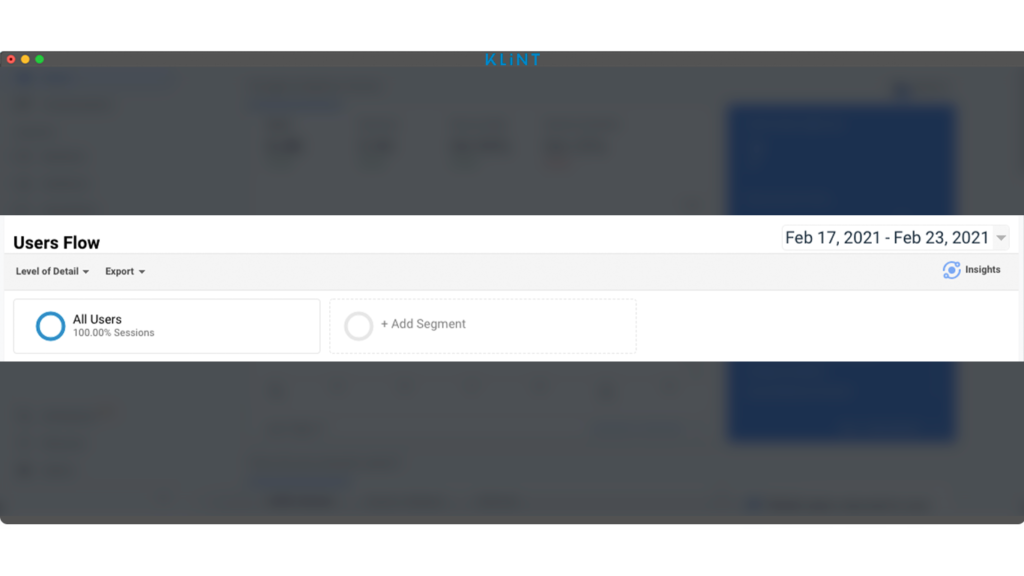
Analyze your users’ behavior
To understand what exactly goes wrong, you need to consider your customers’ behavior on the page. In this case, you can use heatmaps.
There are many popular solutions like Mouseflow, Crazy Egg, and Hotjar, which enable you to see what your users click, where they move their cursors most often, where they scroll, etc.
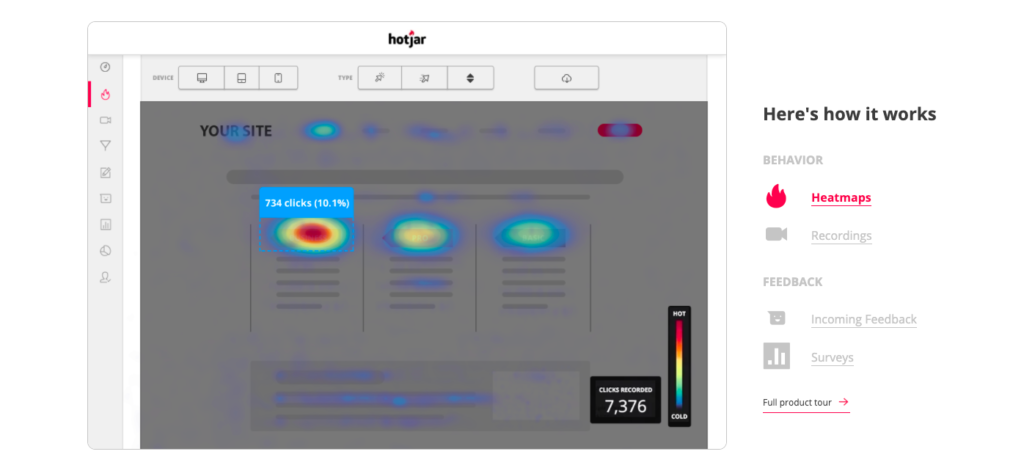
These all are extremely valuable actionable insights that can help you optimize the right elements.
Watch recordings of user sessions
You can even watch replays of anonymized user sessions to see what your visitors actually do on each particular page.
This approach can be especially useful if you want to figure out why visitors abandon their carts. Such software as Dynatrace, Smartlook, and FullStory will help you.

Collect feedback
Another way to identify roadblocks is to offer quick feedback polls to ask your visitors directly for their opinion.
What are they looking for? Is there anything missing from the page? What would they like to change?
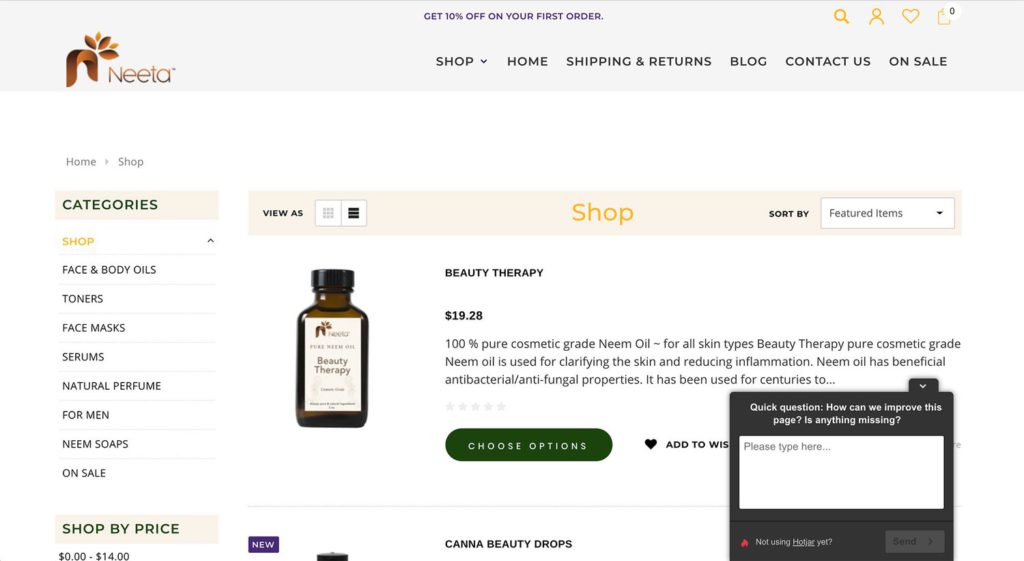
If you have a WordPress website, you won’t even need additional software because many WordPress plugins enable you to create on-site polls. Otherwise, you can use solutions like SurveyMonkey or EasyPolls.
How To Turn Micro Conversions Into Macro Conversions
Most of your website visitors won’t make a purchase when they visit your site for the first time. Usually, conversions take some time, and purchase only becomes possible because of multiple micro conversions.
Here’s why micro conversion matters and how to turn them into macro conversion.
Understand your audience’s behavior
Thanks to micro conversions, you can understand how many people visit your website, and what they do when they visit it. The most important thing is to segment your visitors properly.
People may visit your website for different reasons, and you should understand your traffic when you have many diverse visitors.
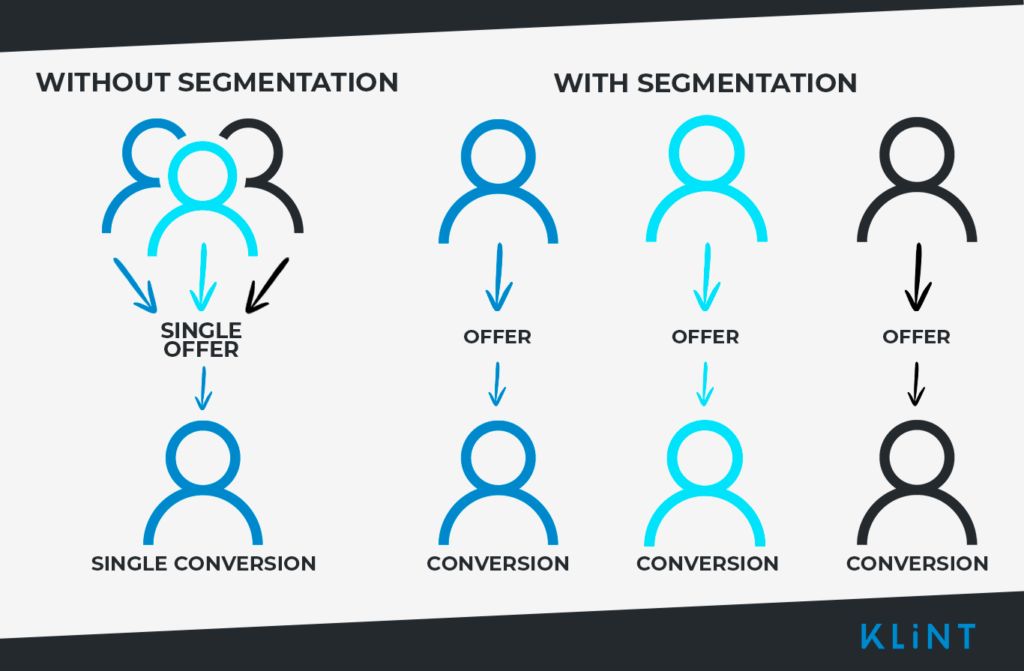
To turn micro conversion into macro conversion, adapt your messaging to different customer segments. Personalize your web copy, address pain points, and how you will solve them.
Build effective conversion funnels
Micro conversions are perfect building blocks for a conversion funnel. As we’ve already said at the beginning of this article, you can lead people through various actions toward the ultimate goal.
You can use different micro conversions and design different conversion funnels. Therefore, you can create a conversion funnel that will work effectively with a particular segment of your customers.
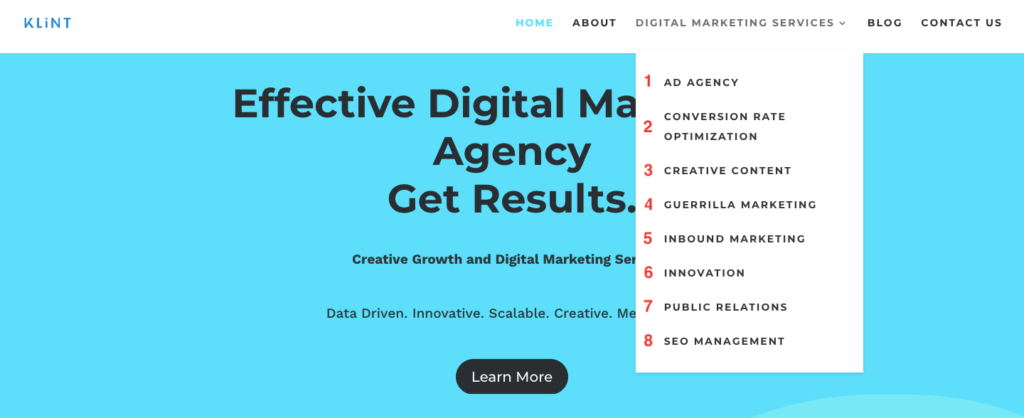
The whole customer journey consists of micro conversions, and if you choose the right micro conversions, you’ll be able to come up with the best funnel for your business.
Focus on conversion rate optimization
Optimization is necessary if you want to increase your conversions: according to statistics, top converting companies invest more than 5% of their budgets in optimization.
You can get a lot of information about your visitors when categorizing the actions of your visitors as micro conversions. Thanks to micro conversions, you can determine the key areas on your website and focus your optimization efforts on these areas.
For instance, form signup is an important stage of your conversion funnel. At the same time, it’s a micro-conversion.
Therefore, you may want to optimize your signup form if you see a big difference between the number of people who visit the signup page and conversions.
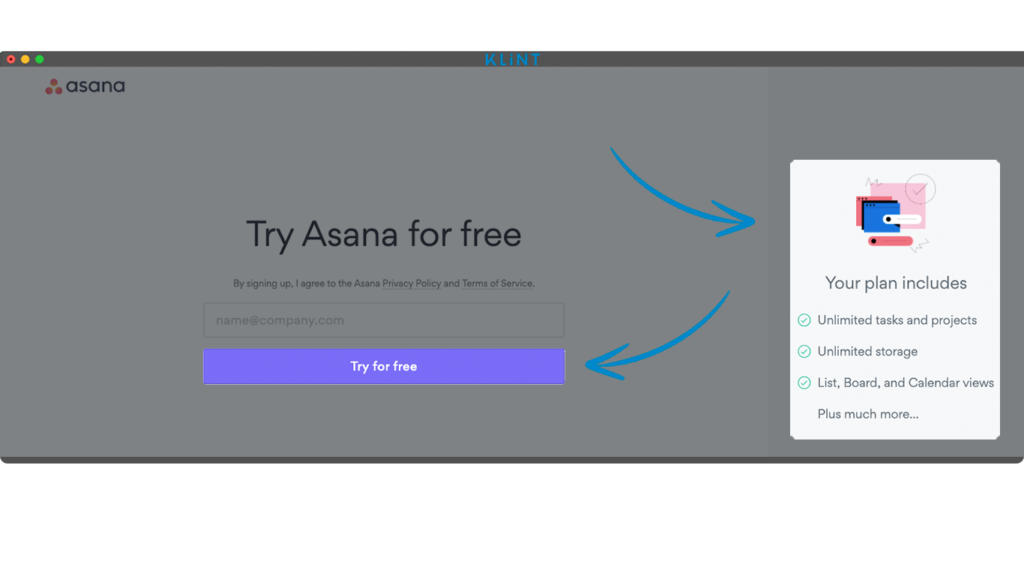
Nurture your leads
When you know what visitors are most likely to convert, you can use this knowledge to your advantage by nurturing them.
For instance, you have a great opportunity to nurture people who sign up for your email newsletter.
Such micro conversions can be very important because they create opportunities for further engagement and nurturing. According to statistics, the average employee spends 28% of their week on email.
Another great opportunity for nurturing is offering a discount for signup.

Sometimes, a discount can also lead to a transaction or enable your company to establish communication with the prospect through email, therefore increasing the probability of a conversion.
Such a strategy, which is based on micro conversions, is very common among online stores.
One Last Tip To Get Your Next Micro Conversion
You may have already noticed that driving micro conversions is all about optimization. Optimization is the key to success so you should always test your pages and improve their performance.
It’s also important to understand that optimization is an ongoing process. We recommend that you use various analytics software to see what pages convert better than others and what can be improved.
If you are serious about improving your conversation rate and want to convert +50% of your incoming traffic, make sure to reach out to Klint Marketing.


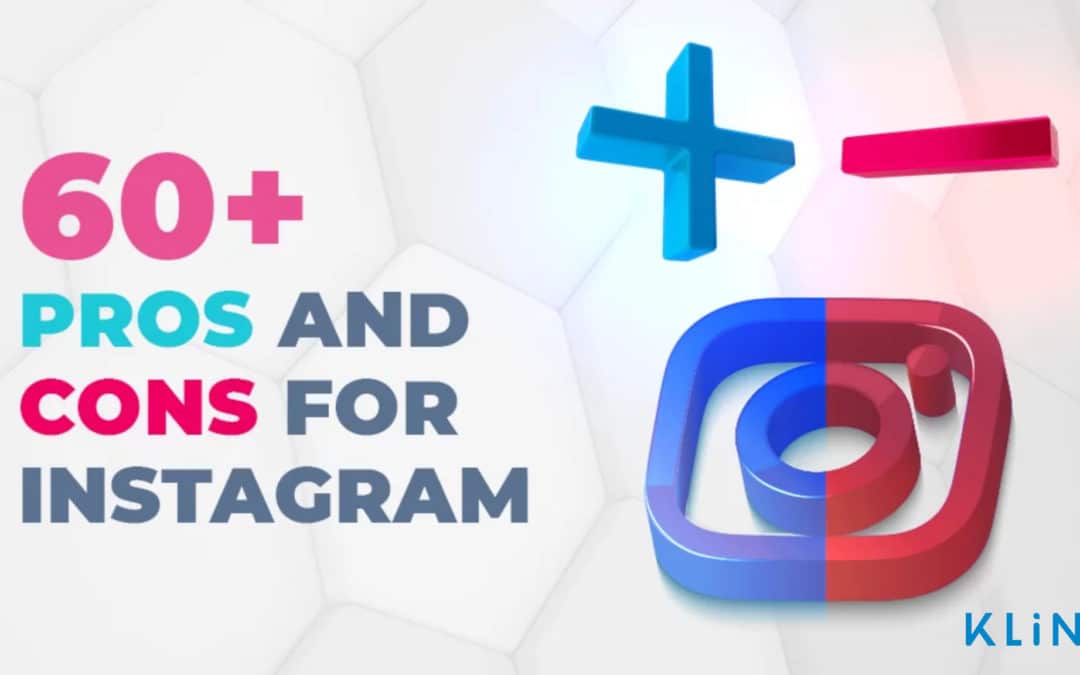
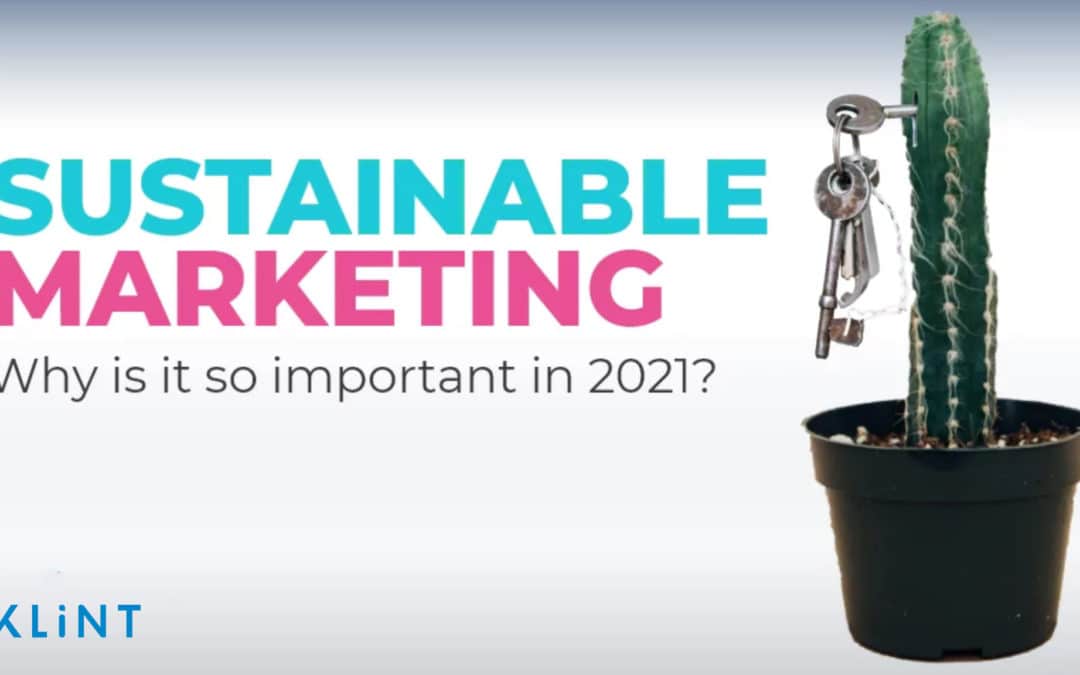

0 Comments